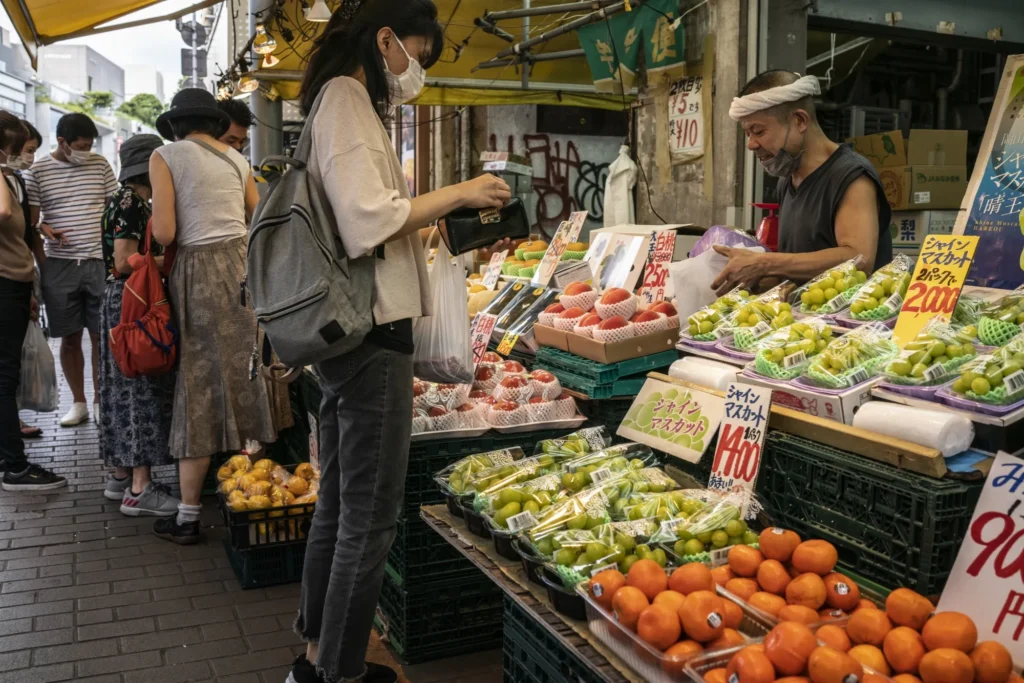
Japan’s Inflation Stays Above Target for Third Year as BOJ Faces Rate Hike Dilemma
Inflation Holds Strong, But Economic Headwinds Cloud the Outlook
Japan inflation rate continued to defy expectations in March, rising 3.6% year-on-year, making it the third consecutive year that consumer prices have stayed above the Bank of Japan’s long-held 2% target. Although slightly lower than February’s 3.7%, the figure reflects persistent price pressures in the world’s third-largest economy.
Core and Core-Core Inflation Show Underlying Strength
Breaking down the numbers:
- Core inflation (excluding fresh food) reached 3.2%, in line with forecasts and slightly up from February’s 3%.
- The “core-core” inflation rate, which strips out both fresh food and energy, increased to 2.9%, up from 2.6% in the previous month.
This metric is closely watched by the Bank of Japan (BOJ) as a key indicator of underlying inflation.
US Tariffs and Trade Talks: A Pressing Concern for Japan
Amid these inflation numbers, Japan is engaged in ongoing trade discussions with the United States. Tensions have escalated with the introduction of new tariffs:
- 25% tariff on Japanese auto imports, effective April 3
- 25% duties on steel and aluminum since March 12
- A proposed 24% reciprocal tariff was temporarily suspended by the US for 90 days, maintaining a 10% baseline tariff
While US President Donald Trump stated that “big progress” has been made in talks, uncertainty remains.
Inflation vs. Growth: A Monetary Policy Crossroad
Analysts note that despite the strong inflation print, Japan’s economic growth may not support aggressive policy tightening:
- Nomura analysts have revised their interest rate forecast, now expecting only one rate hike by the BOJ, delayed until January 2026
- Earlier projections had anticipated two hikes by March 2027
- GDP growth is expected to hover near zero in the July–September 2025 quarter, partly due to the pressure from US tariffs
Wage Growth Could Stall Amid Shunto Negotiations
Nomura also warned that wage growth, a key factor in inflation sustainability, may weaken around 2026’s spring wage negotiations (Shunto). This potential stagnation could further limit the BOJ’s ability to raise rates beyond a single hike.
What’s Next for the BOJ?
With inflation steady and structural headwinds from international trade, Japan’s central bank finds itself navigating a tightrope. The balance between fighting inflation and supporting growth will likely shape monetary policy over the next 18 months.



